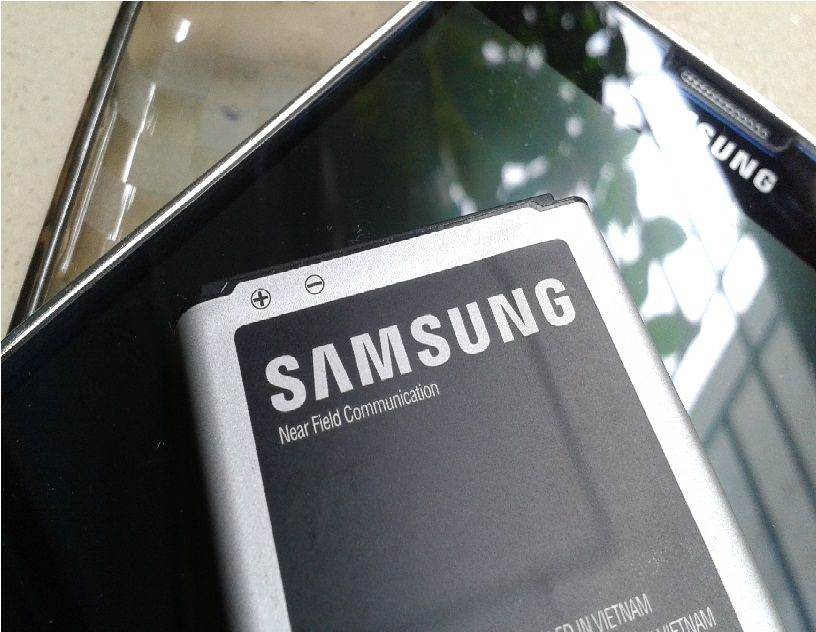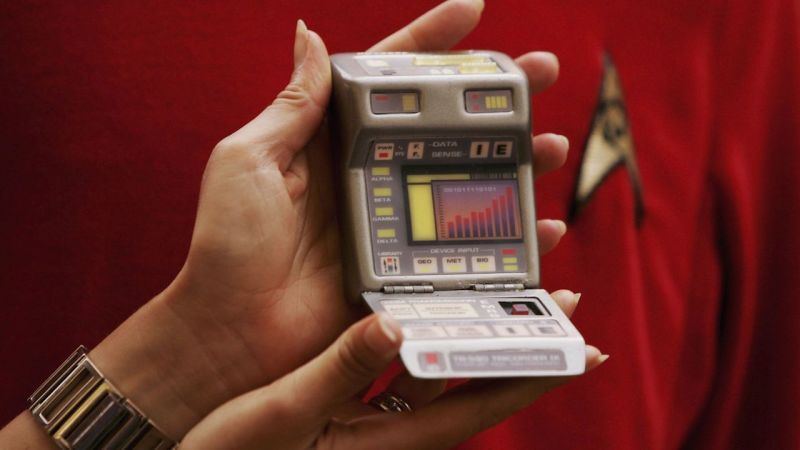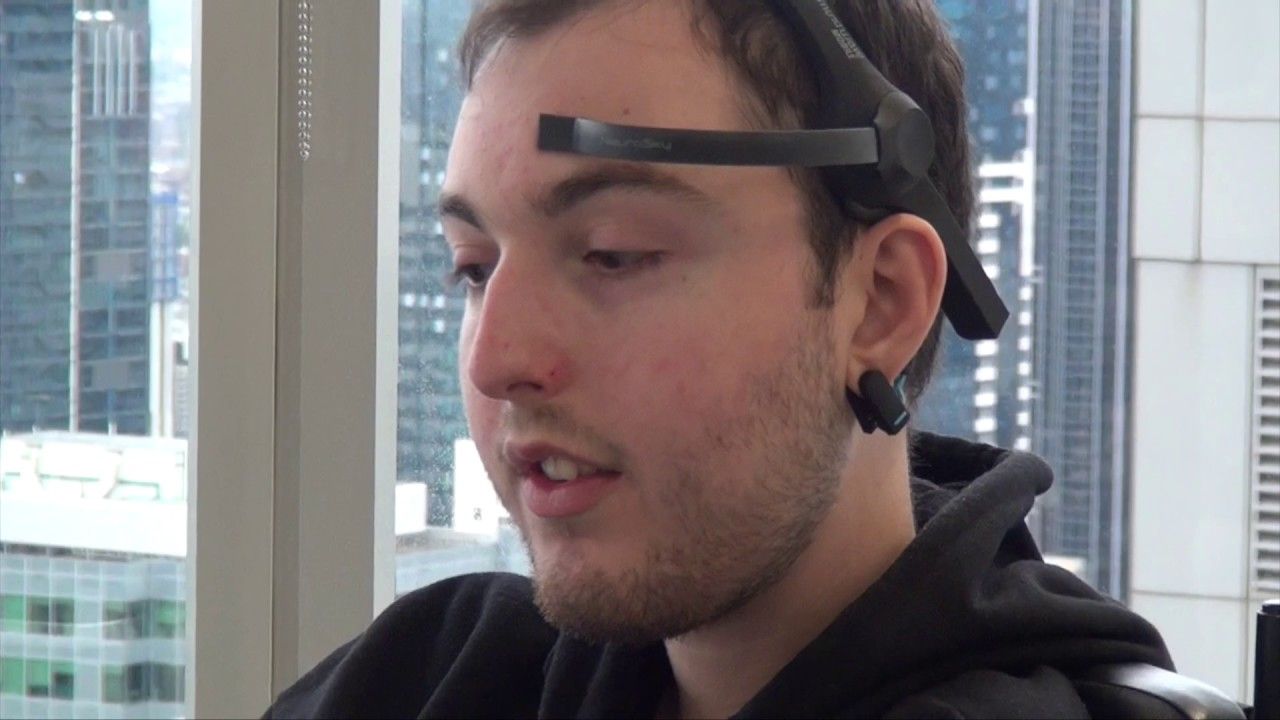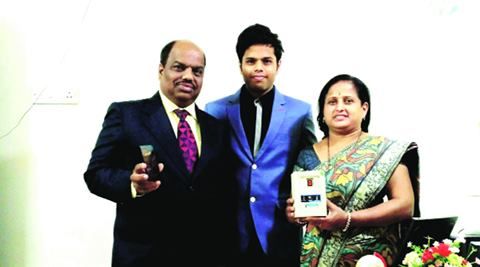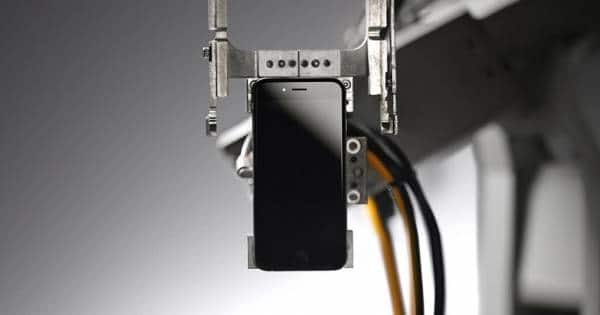Jan 17, 2017
Stanford Scientists Develop Battery Pack with Built-In Fire Extinguisher
Posted by Karen Hurst in category: mobile phones
The Samsung Galaxy Note 7 exploding battery fiasco has stirred major concerns whether smartphone batteries are really safe. In an effort to prevent these disasters from happening, a group of Stanford scientists have developed a lithium-ion battery pack, which includes a capsule filled with triphenyl phosphate (TPP). Once the battery’s internal temperature reaches a certain point, the capsule will melt releasing the TPP and extinguishing the fire.
Like Us on Facebook
The team working on the project found out that TPP is a type of chemical-fire retardant. The chemical is capable of extinguishing an exploding battery in just 0.4 seconds, according to 9to5Google. The team also set the temperature threshold at 302 degrees Fahrenheit, at that point, the capsule will melt releasing the TPP chemical.
Continue reading “Stanford Scientists Develop Battery Pack with Built-In Fire Extinguisher” »
